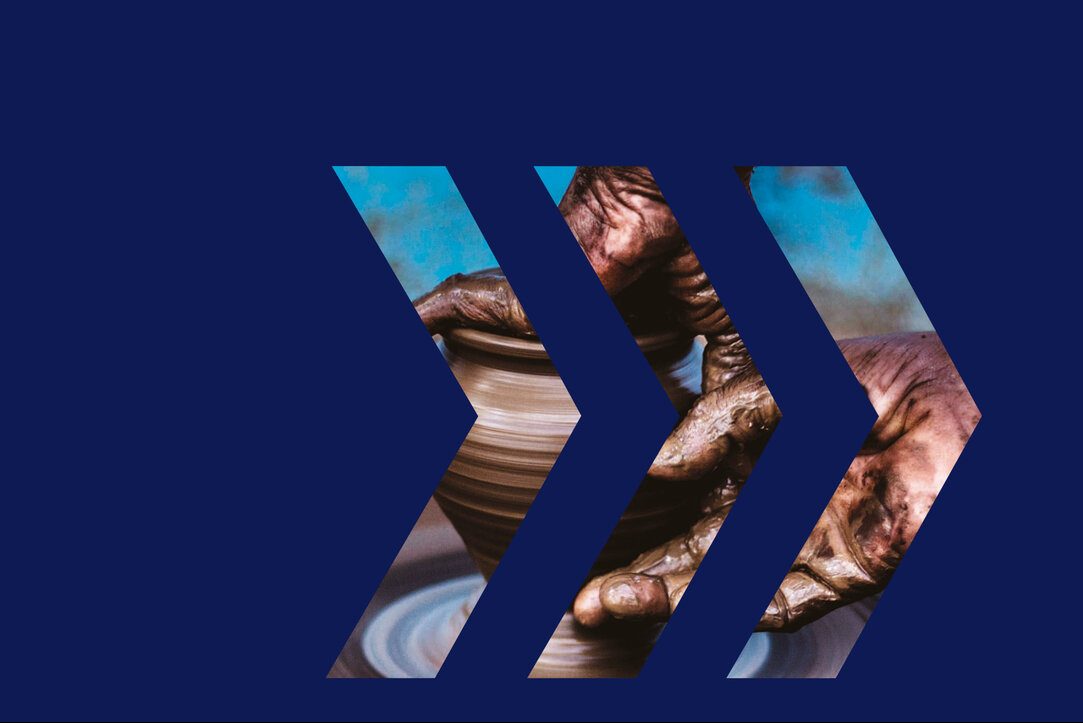
Photograph: Sime Basioli/Unsplash
Eventually, all organisations looking to change to more sustainable operations will need to transition from strategic thinking to tactical implementation. In a career that’s observed international development in some of the world’s political hotspots, I have learned that results on the ground are often what matter most. This is especially true if you are working under pressure, as we all ought to be in relation to climate change today.
Living beyond our means
Earth Overshoot Day is a point on the calendar that clearly illustrates the challenge we are facing. It is the day when, according to climate science and ecology data, the earth runs out of natural resources, and humanity goes ‘into the red’ each year.
Customers will have their specific requirements and expectations around products and services. Regulators will have guidelines for your industry to follow. By mapping these varying data points, you can create a picture of your current performance and establish the starting point for your sustainability transformation.
In 2021, Earth Overshoot Day was 29th July – the earliest ever recorded. Since that day, we have been using resources we simply don’t have. Such a stark, tangible indicator moves the debate out of the political and theoretical. Therefore, the focus for this article, and my book on the subject, is practical. With this toolkit, you can make changes to your organisation today.
It all starts with data
It is useful to begin by viewing your business in the round: as an ecosystem of investors, employees, partners, suppliers, regulators and customers. Each of these groups will have different sustainability data packages that are relevant to them, and it’s important someone in your business has an overview of them all.
Employee satisfaction, for example, can be measured in terms of alignment with personal sustainability goals. The sustainability agenda is probably the only area of business where there is such a close one-to-one overlap between the personal and professional. It’s your employees’ planet, too, after all. Customers will have their specific requirements and expectations around products and services. Regulators will have guidelines for your industry to follow. By mapping these varying data points, you can create a picture of your current performance and establish the starting point for your sustainability transformation.
As you do this, there is a risk you will judge yourself harshly. High-profile sustainable startups are often cited as examples to follow, but they won’t be right for everyone. By contrast, change for long-established global agriculture or construction organisations may be slower and perhaps less glamorous,but no less important. Realistic and sensible benchmarking is key to success. You may have to work through complex dilemmas, tough decisions and competing priorities as you do this. As an example, though we know single-use plastic is damaging, it played a key role in saving lives during the Covid-19 pandemic.
As with any change management initiative, sustainability needs linking directly with your business KPIs and the way you manage and reward your employees. A sustainability programme that isn’t linked across the business in this way risks being just lip service.
Seven tools for sustainability
Owing to the above, the first of my seven tools for sustainability is understanding where you are starting from, objectively and accurately. It’s important to celebrate successes as you identify things that need changing. Nobody enjoys being beaten up. Lean on your willingness to change with brazen transparency, and your employees will rally behind your purpose, even with disappointing initial figures.
The second tool is a narrow focus for sustainability activity. You can’t do everything immediately, so focus energy on the areas that will make the biggest difference. That doesn’t mean you shouldn’t have aspirational sustainability goals. Ambition is important too: dream big, and trust that you can and will drive commercial advantage from ambitious sustainability initiatives in the longer term.
The third tool is, therefore, a bold target. Rather than talk of percentage reductions or marginal improvements, tell the world where you want to be in ten years. John F. Kennedy’s inspirational ‘Moon Shot’ speech announced a seemingly impossible goal. In the beginning, announcing your targets might feel tantamount to launching humans into space, aiming for a much smaller rock. But keep in mind, Kennedy’s astronauts weren’t on the moon the day after his speech. There was a series of smaller goals to conquer to take that one small step for man.
The fourth tool builds on this with an engagement strategy for internal and external partners and stakeholders. Employees, suppliers, customers and regulators all have a role to play in delivering success. One of the most important components of your sustainability mission will be to motivate and involve all parties. Strengthen the chain of jobs to the outcome with faithful links.
Sustainability is a new discipline for many of us. It is hard to get right too, so there will definitely be failures along the way. This is why the fifth tool I recommend is a testing methodology. It should allow you to try things easily, test variables and then scale responsively as you roll out new ways of working.
The sixth tool is an integration programme that allows you to ‘walk the talk’. As with any change management initiative, sustainability needs to link directly with your business KPIs and the way you manage and reward your employees. A sustainability programme that isn’t linked across the business in this way risks being just lip service. Such an initiative might ultimately be less effective than having no policy at all.
Change will only happen if leaders consciously point innovators in the direction of sustainability.
The seventh and final tool is innovation. Imagining the transformation required for a sustainable future might feel challenging, but it is also exciting for anyone involved in developing new ideas. Indeed, innovation processes are in themselves fantastic tools to unleash enthusiasm amongst your teams. Good companies can make their employees excited about a new product or entering a new market, but both seem less inspiring than turning an unsustainable practice around. It’s not overly dramatic to suggest such things will save the world after all.
…
Changes will only happen if leaders consciously point innovators in the direction of sustainability. New applications of big data, artificial intelligence, robotics, autonomous vehicles or any similar new tech can equally be used to continue current levels of consumption. This is something we are very aware of at NTT DATA as innovation is a key part of our own sustainability initiatives. Our focus is squarely on how we, alongside our customers, can use it to do good and create genuinely sustainable outcomes.
You only need to think of the dire implications of Earth Overshoot Day to realise we haven’t time to keep talking about sustainability strategies without making real, lasting change. I trust some, if not all, of the seven tools I have described here strike a chord for you and your business. Here’s to moving forward together.













































